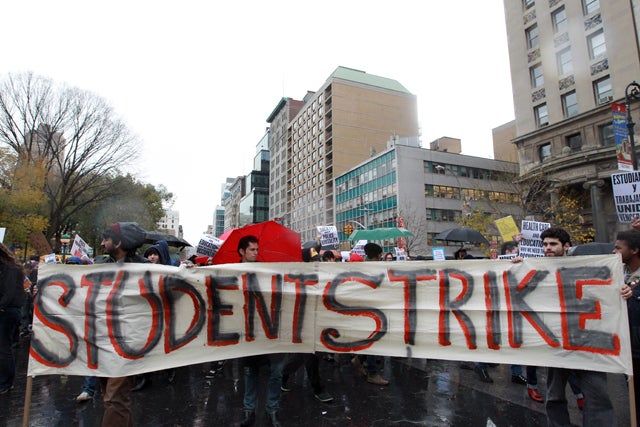This piece originally appeared on See Thru Edu, a project of the Texas Public Policy Foundation.
The Congressional Budget Office has just released an assessment of what the Federal Direct Student Loan program will cost taxpayers using various accounting measures. As has been noted before, any student loan proposal should encourage CBO to employ fair value accounting (FVA) to determine the cost of student loans. At the same time, the Department of Education should be required to use the FVA analysis from CBO and adjust the loan rates accordingly going forward on an annual basis.
CBO’s new June 10th report, Options to Change Interest Rates and Other Terms on Student Loans, explains that, using Federal Credit Reform Act accounting practices “savings from the program will be $184 billion for loans made between 2013 and 2023.” But wait! There’s more! CBO writes:
Because FCRA [Federal Credit Reform Act] requires the discounting of future cash flows using rates on Treasury securities, the effect of the student loan program on the federal budget depends in part on the difference between two sets of interest rates: those paid by borrowers and those paid by the federal government on Treasury securities. Beginning in July 2013, the interest rates charged for all student loans will be 6.8 percent or 7.9 percent, depending on the type of loan. The government currently borrows at much lower rates; CBO expects the average for 10-year Treasury notes, for example, to be 2.1 percent during 2013. The large gap between the rates paid by student loan borrowers and those paid by the federal government is the source of the savings attributable to the program in 2013. The rates the government pays are expected to rise in coming years, however, thereby reducing the annual budgetary savings from the student loan program.
FCRA accounting does not consider some costs borne by the government. In particular, it omits the risk taxpayers face because federal receipts from interest and principal payments on student loans tend to be low when economic and financial conditions are poor and resources therefore are more valuable. Fair-value accounting methods account for such risk and, as a result, the program’s savings are less (or its costs are greater) under fair-value accounting than they are under FCRA’s rules. On a fair-value basis, CBO projects that the student loan program will yield $6 billion in savings in 2013 and will have a cost of $95 billion for the 2013–2023 period as a whole, compared with projected savings of $37 billion this year and $184 billion for the entire period on a FCRA basis.
Using fair value accounting yields a cost to the student loan program of $95 billion from 2013–2023. That’s a major difference from the $184 billion projected savings when FCRA accounting is used. Which is why it’s so important that any student loan proposal incorporate fair value accounting.
The federal government’s current accounting practices, by and large, fail to account for market risk, likely understating the cost of student loans to taxpayers. As long as the federal government is in the student loan business, fair value accounting should be employed to ensure loan programs use a non-subsidizing interest rate.
































